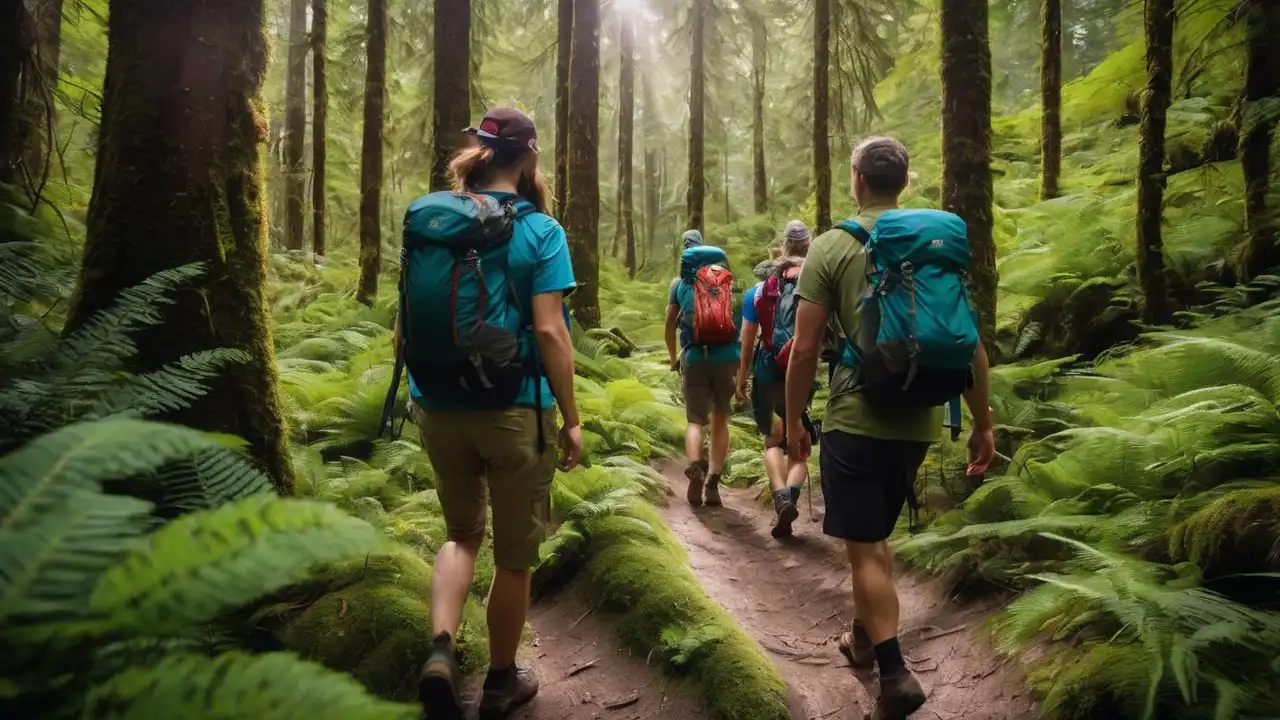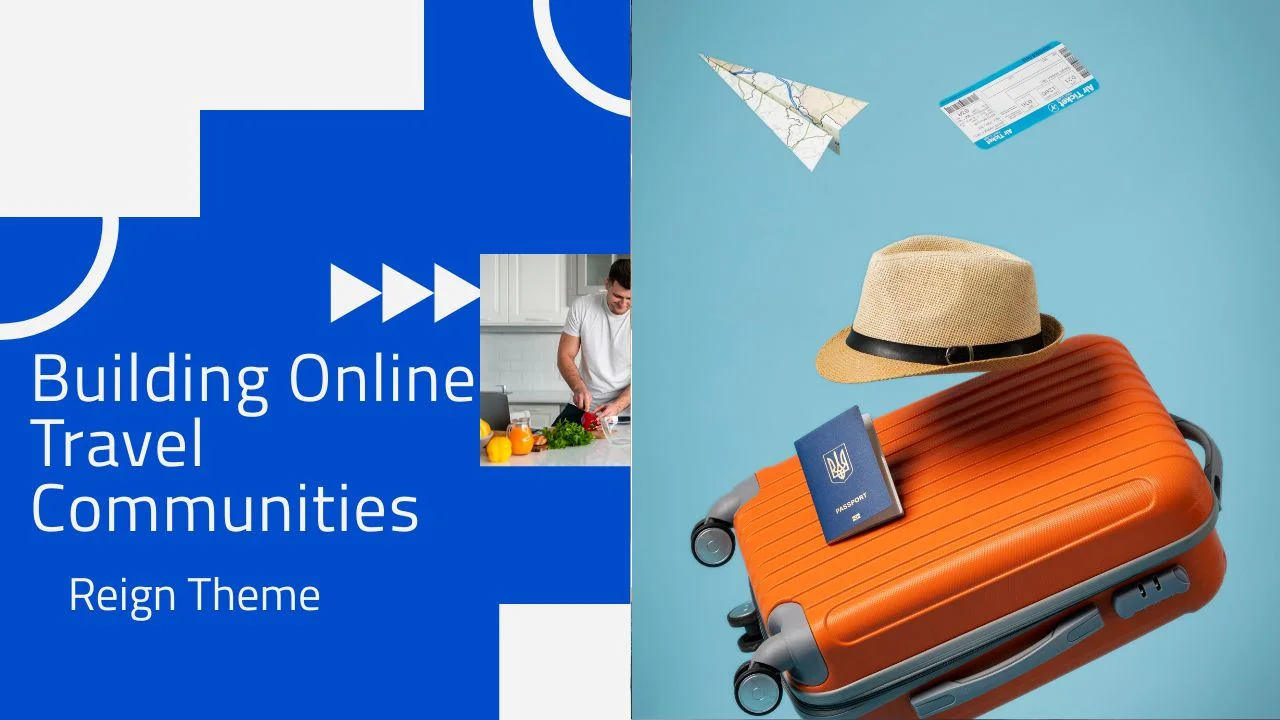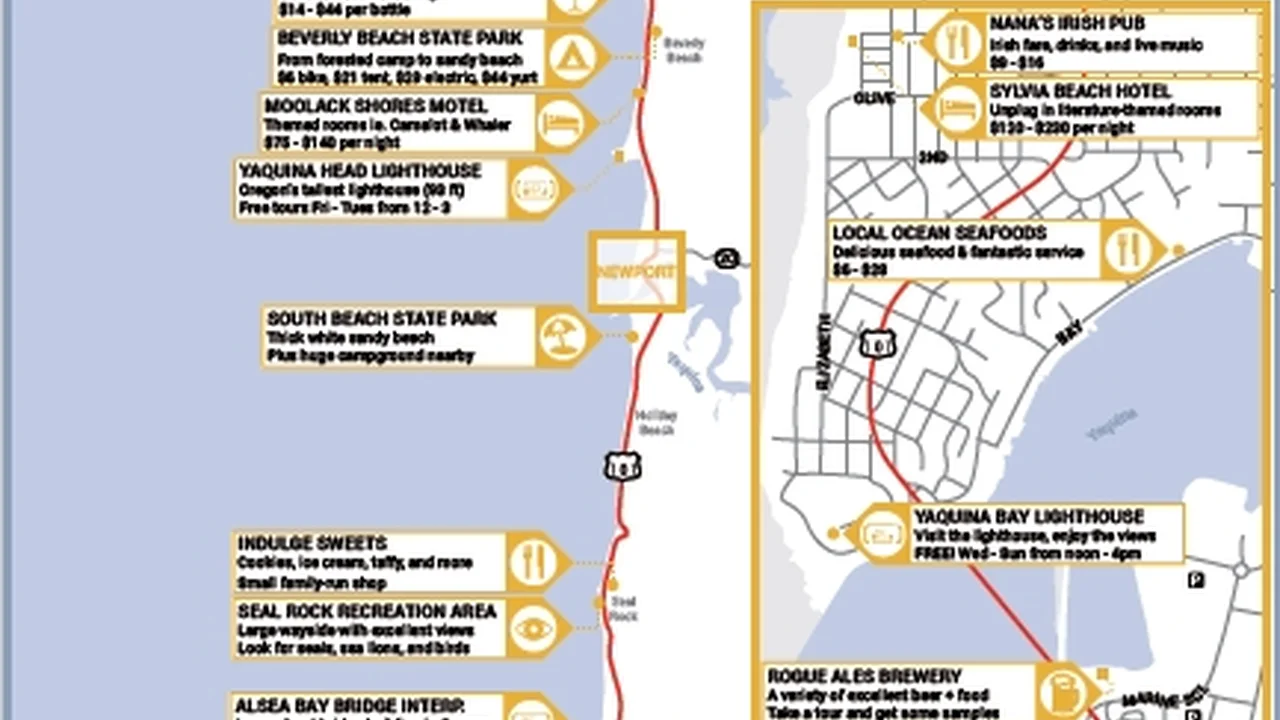Vietnam's Best Hiking Trails for Beginners
Discover stunning landscapes and cultural experiences on Vietnam's hiking trails. We recommend the best trails for beginners, including Sapa, Mai Chau, and Cuc Phuong National Park. Enjoy the beauty of Vietnam on foot.

Sapa Trekking A Beginner's Paradise and Best Sapa Hiking Trails
Okay, so you're thinking about hiking in Vietnam? Awesome choice! Sapa is like, *the* place to start. Imagine rice terraces cascading down mountainsides, mist hanging in the air, and colorful hill tribes going about their daily lives. It's seriously magical. But Sapa can also be a bit…intense. That's why it's perfect for beginners who want a real adventure without, you know, dying. The trails around Sapa range from easy strolls through villages to more challenging climbs. You can choose your own adventure, literally!
Before you lace up those boots, let's talk trails. Here are a few great options for beginners:
- Cat Cat Village Hike: This is a classic and super accessible. It's mostly downhill (yay!), and you'll wander through rice paddies, see a waterfall, and experience Hmong culture. It’s a relatively short hike of approximately 3.5 kilometers (2.2 miles), taking around 2-3 hours to complete. Expect to pay a small entrance fee to the village.
- Lao Chai - Ta Van Village Trek: This is a slightly longer trek that takes you through two different villages, giving you a deeper dive into local life. The trail winds through the Muong Hoa Valley, offering breathtaking views. This trek is typically around 9 kilometers (5.6 miles) and takes about 4-6 hours. You'll also encounter local villagers selling handicrafts.
- Ham Rong Mountain Park: Okay, this isn't *exactly* a hike, more of a climb up a mountain park. But the views from the top are insane! You'll see the whole of Sapa spread out before you. This is a good option if you want a shorter, less strenuous activity with fantastic photo opportunities. The park is conveniently located in Sapa town, and the ascent takes about 1-2 hours.
Product Recommendation: Hiking Poles
Consider using hiking poles, especially for the Lao Chai - Ta Van trek. They provide extra stability on uneven terrain and can reduce strain on your knees, especially on the downhill sections.
* Product: Black Diamond Trail Ergo Cork Trekking Poles
* Use Case: These poles are lightweight, adjustable, and have comfortable cork grips. They're perfect for beginner hikers.
* Comparison: Cheaper poles might be heavier and less durable. More expensive carbon fiber poles are lighter but not necessary for beginners.
* Price: Around $140 USD.
Mai Chau Valley Easy Hiking and Top Mai Chau Hiking Destinations
Mai Chau is like Sapa's chill cousin. It's less touristy, the pace is slower, and the scenery is just as stunning. This valley is perfect for beginners who want a relaxing hiking experience with a strong dose of rural Vietnamese culture. Picture yourself cycling through rice paddies, staying in a traditional stilt house, and waking up to the sound of roosters crowing. It's pure bliss!
Here are a few easy hiking options in Mai Chau:
- Pom Coong Village Walk: This is a super easy stroll through a traditional Thai village. You can wander around, admire the stilt houses, and maybe even try your hand at weaving. It’s a short and flat walk, perfect for a relaxed afternoon.
- Lac Village Hike: Similar to Pom Coong, Lac Village offers a glimpse into Thai culture. You can hike around the village, visit local shops, and enjoy traditional dance performances. This is a slightly longer walk than Pom Coong but still very manageable for beginners.
- Around Mai Chau Valley (Cycling/Walking): Rent a bike and explore the valley at your own pace. You can stop at different villages, rice paddies, and scenic viewpoints. This is a great way to see a lot of the area without too much strenuous activity.
Product Recommendation: Comfortable Walking Shoes
Since the hikes in Mai Chau are relatively easy, comfortable walking shoes are essential. You don't need heavy-duty hiking boots.
* Product: Merrell Jungle Moc
* Use Case: These slip-on shoes are comfortable, breathable, and easy to pack. They're perfect for walking around villages and exploring the valley.
* Comparison: Sandals might not provide enough support, and sneakers can get hot and sweaty.
* Price: Around $90 USD.
Cuc Phuong National Park Hiking Trails Suitable for New Hikers and Things to Do in Cuc Phuong National Park
Cuc Phuong is Vietnam's oldest national park, and it's a jungle paradise! If you're looking for a slightly more adventurous hiking experience, this is the place to go. You'll be surrounded by lush rainforest, ancient trees, and maybe even spot some rare wildlife. Don't worry, though, there are plenty of easy trails suitable for beginners.
Here are a few beginner-friendly hikes in Cuc Phuong:
- Short Trail to the Primate Rescue Center: This is a short and easy walk to the Primate Rescue Center, where you can see rescued monkeys and learn about conservation efforts.
- Cave of Prehistoric Man: This is a short climb to a cave where prehistoric human remains were found. It's a cool historical site and a good introduction to hiking in the park.
- 1000 Year Old Tree Trail: This is a slightly longer hike through the rainforest to see a massive 1000-year-old tree. It's a beautiful and relatively easy walk, but be prepared for some humidity.
Product Recommendation: Insect Repellent
The jungle in Cuc Phuong is home to lots of insects, so insect repellent is a must!
* Product: Sawyer Products Premium Insect Repellent
* Use Case: This repellent contains 20% Picaridin, which is effective against mosquitoes, ticks, and other biting insects. It's also safe to use on clothing.
* Comparison: DEET-based repellents are also effective but can be harsh on the skin and clothing.
* Price: Around $10 USD.
Preparing for Your First Hike in Vietnam Planning and Essential Tips
Okay, so you've picked your destination, now let's talk preparation. Hiking in Vietnam is an amazing experience, but it's important to be prepared for the climate, terrain, and potential challenges. Here are a few essential tips:
- Check the Weather: Vietnam can be hot and humid, especially during the rainy season. Check the weather forecast before you go and pack accordingly.
- Pack Light: You don't want to be lugging around a heavy backpack. Pack only the essentials, like water, snacks, sunscreen, insect repellent, and a first-aid kit.
- Wear Appropriate Clothing: Wear lightweight, breathable clothing that will protect you from the sun and insects. Long sleeves and pants are a good idea, especially in the jungle.
- Bring Plenty of Water: Staying hydrated is crucial, especially in the heat. Bring plenty of water and consider using a water filter or purification tablets.
- Tell Someone Your Plans: Let someone know where you're going and when you expect to be back. This is especially important if you're hiking solo.
- Hire a Local Guide: Hiring a local guide can enhance your experience and provide valuable insights into the local culture and environment.
Safety Considerations for Hiking in Vietnam Stay Safe on the Trails
Safety should always be your top priority when hiking. Here are a few things to keep in mind:
- Stick to Marked Trails: Avoid straying from marked trails, as it's easy to get lost in the jungle or mountains.
- Be Aware of Your Surroundings: Watch out for snakes, insects, and other wildlife.
- Pace Yourself: Don't try to do too much too soon. Start with easy hikes and gradually increase the difficulty as you get more comfortable.
- Listen to Your Body: If you're feeling tired or unwell, stop and rest.
- Carry a First-Aid Kit: A basic first-aid kit should include bandages, antiseptic wipes, pain relievers, and any personal medications.
- Learn Basic Vietnamese Phrases: Knowing a few basic phrases can be helpful in case of an emergency.
Budgeting for Your Hiking Trip in Vietnam Cost Estimates and Saving Tips
Vietnam is a relatively affordable country to travel in, but it's still important to budget for your hiking trip. Here are a few cost estimates:
- Accommodation: Budget guesthouses can be found for around $10-20 USD per night.
- Food: Street food is very cheap, with meals costing around $1-3 USD. Restaurant meals are more expensive, but still relatively affordable.
- Transportation: Buses and trains are the most common forms of transportation. A bus ticket from Hanoi to Sapa costs around $15-20 USD.
- Trekking Fees: Some villages and national parks charge entrance fees. Expect to pay around $5-10 USD per entrance.
- Guides: Hiring a local guide can cost around $20-30 USD per day.
Here are a few tips for saving money:
- Travel During the Off-Season: Prices are lower during the off-season (May-September).
- Eat Street Food: Street food is delicious and very affordable.
- Stay in Guesthouses: Guesthouses are cheaper than hotels.
- Bargain: Don't be afraid to bargain when shopping or booking tours.
- Cook Your Own Meals: If you have access to a kitchen, cooking your own meals can save you money.
Packing List for Hiking in Vietnam Essential Items for Beginners
Here's a packing list to help you prepare for your hiking trip:
- Lightweight Hiking Boots or Shoes: Choose comfortable footwear that is suitable for the terrain.
- Lightweight, Breathable Clothing: Pack clothes that will keep you cool and dry in the heat.
- Long Sleeves and Pants: Protect yourself from the sun and insects.
- Rain Jacket: Be prepared for rain, especially during the rainy season.
- Sunscreen: Protect your skin from the sun.
- Insect Repellent: Keep those pesky insects away.
- Hat: Protect your head from the sun.
- Sunglasses: Protect your eyes from the sun.
- Water Bottle or Hydration Pack: Stay hydrated.
- Snacks: Pack energy bars, nuts, or other snacks to keep you going.
- First-Aid Kit: Be prepared for minor injuries.
- Headlamp or Flashlight: Useful for hiking in the dark or exploring caves.
- Camera: Capture those amazing memories.
- Passport and Visa: Make sure your passport is valid and you have the necessary visa.
- Money: Bring enough cash to cover your expenses.
Cultural Etiquette and Respectful Travel in Vietnam Understanding Local Customs
Vietnam has a rich and unique culture, and it's important to be respectful of local customs. Here are a few things to keep in mind:
- Dress Modestly: When visiting temples or other religious sites, dress modestly. Cover your shoulders and knees.
- Remove Your Shoes: Remove your shoes before entering someone's home or a temple.
- Don't Point Your Feet: Avoid pointing your feet at people or religious objects.
- Be Respectful of Elders: Show respect to elders.
- Avoid Public Displays of Affection: Public displays of affection are generally frowned upon.
- Learn Basic Vietnamese Phrases: Knowing a few basic phrases will be appreciated by locals.
- Bargain Respectfully: Bargaining is common in Vietnam, but do it respectfully.
Getting Around Vietnam Transportation Options for Hikers
Getting around Vietnam is relatively easy and affordable. Here are a few transportation options:
- Buses: Buses are the most common form of transportation. They are cheap and frequent, but can be crowded and uncomfortable.
- Trains: Trains are a more comfortable option, but they are more expensive and less frequent.
- Motorbikes: Renting a motorbike is a popular way to explore the countryside, but it can be dangerous if you're not experienced.
- Taxis: Taxis are readily available in cities, but they can be expensive.
- Cyclos: Cyclos are a fun and unique way to get around cities, but they are slow and can be expensive.
Post-Hike Recovery Tips Relaxing and Rejuvenating After Your Adventure
After a long hike, it's important to take care of your body and allow it to recover. Here are a few tips:
- Stretch: Stretch your muscles to prevent soreness.
- Rest: Get plenty of rest.
- Hydrate: Drink plenty of water to rehydrate.
- Eat a Healthy Meal: Eat a nutritious meal to replenish your energy.
- Massage: Get a massage to relieve muscle tension.
- Soak in a Hot Bath: A hot bath can help relax your muscles.
- Use a Foam Roller: Foam rolling can help release muscle knots.
:max_bytes(150000):strip_icc()/277019-baked-pork-chops-with-cream-of-mushroom-soup-DDMFS-beauty-4x3-BG-7505-5762b731cf30447d9cbbbbbf387beafa.jpg)






